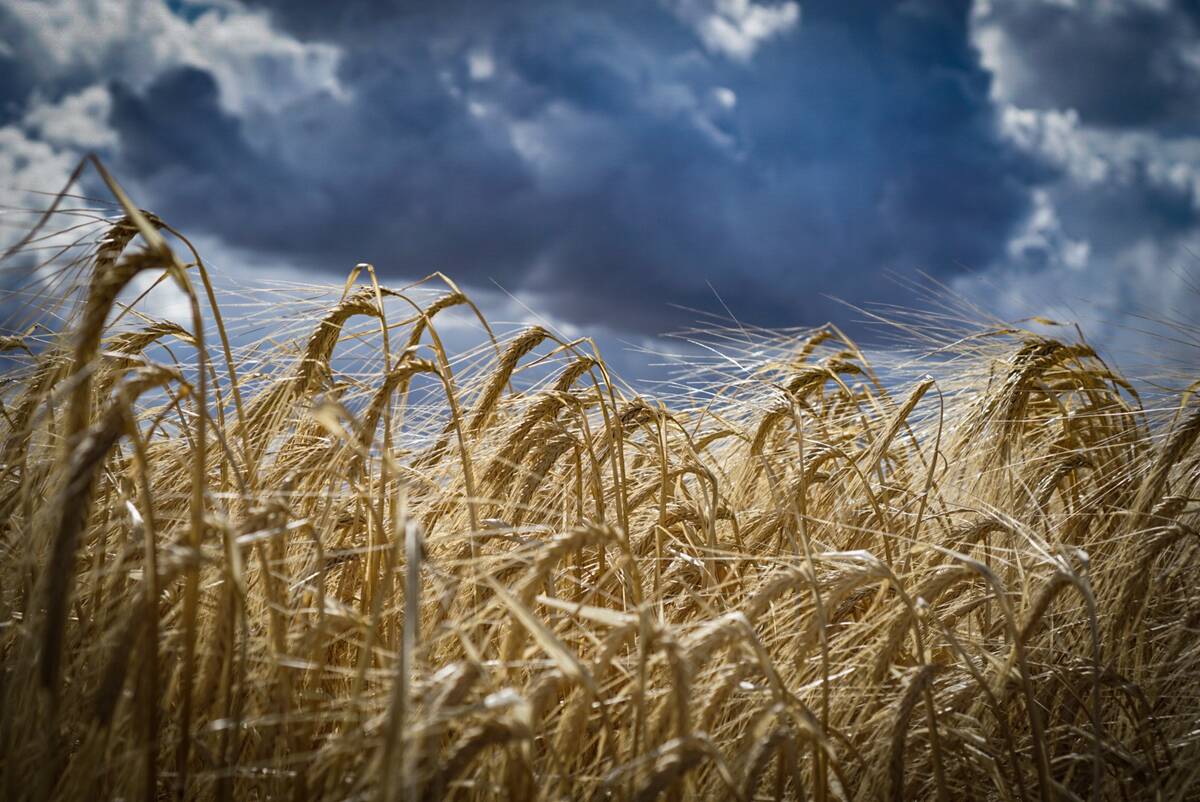BLAINE LAKE, Sask. – Two all-terrain vehicles slowly drag a line of chains across the farm pasture, hoping to flush out a mallard or gadwall duck sitting on its nest. Some days pass without finding a single nest.
“It could be better, but we’re happy with every nest we find,” said Pauline Bloom, the Blaine Lake project supervisor with Ducks Unlimited Canada.
“There would be more if there was more water,” she said, citing how dry the area had been this spring.
Twenty researchers with the wetlands conservation group, all with educational backgrounds in biology like Bloom, will spend the summer searching for duck nests, conducting waterfowl pair counts and classifying habitat here and at sites at Shaunavon, Sask., Killarney, Man., and Consort, Alta.
Read Also

Malting barley exporters target Mexican market
Canada’s barley sector is setting its sights on the Mexican market to help mop up some of the lost demand from China
The riders spot the nest when the mother duck is unseated by the chain and flies up.
The nest location is staked and researchers return every few days to check on its condition. They record the condition of the nest and habitat, type of cover and nearby farming operations such as haying.
Bloom, who is spending her fourth summer with DU, travels hundreds of kilometres each week covering the 48 quarters of land where Blaine Lake area farmers permit research work. More than 150 landowners offer land checks for the four prairie projects.
This hot summer’s day, from a white truck cooled only by the outdoor breeze, she spies pelicans gliding in unison, turkey vultures hovering near a row of trees and the normally secretive blue heron conspicuously perched on a bale near the highway.
She commutes between farms and a well-aged bungalow in Blaine Lake that some of the crew call home for the summer.
Most afternoons or rainy days, researchers pile into its musty basement office to enter their findings in a computer.
“We hope to be able to determine the type of habitat ducks typically like,” said Bloom, who noted that information will help identify land to preserve for birds in future years.
David Howerter, DU research scientist at Oak Hammock marsh in Manitoba, said the four sites were chosen based on native vegetation and duck varieties.
The Alberta, Manitoba and Blaine Lake sites are parkland, while Shaunavon is grassland.
The sites’ precipitation rates vary greatly from a wet Manitoba district to a very dry Alberta one.
With increased moisture in the normally dry area of southwestern Saskatchewan, researchers have been treated to an abundance of birds there this year, he said.
“It may not often be so wet, but when it’s wet, there may be tremendous production from these areas,” Howerter said.
Early findings show significant numbers of birds nesting on agricultural land.
“We need to figure out how to work with producers to come up with the best system to allow them to make a good living that also allows the birds to make a living in those areas too,” said Howerter.
DU’s plan is to return to the same sites at least twice during its 11-year study.
Howerter said the research will help DU target areas that offer good production and match habitat programs with these zones.
The study will examine how rotational grazing, winter wheat growing and chemical fallow practices affect waterfowl production.
The hope is that farmers might consider converting unprofitable agricultural lands into habitat for wildlife or into other agricultural activities.














